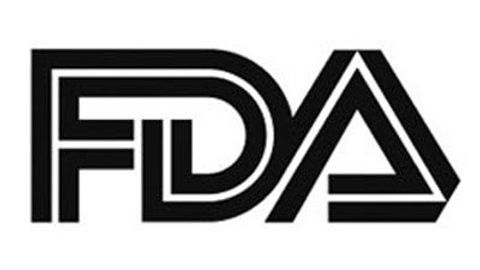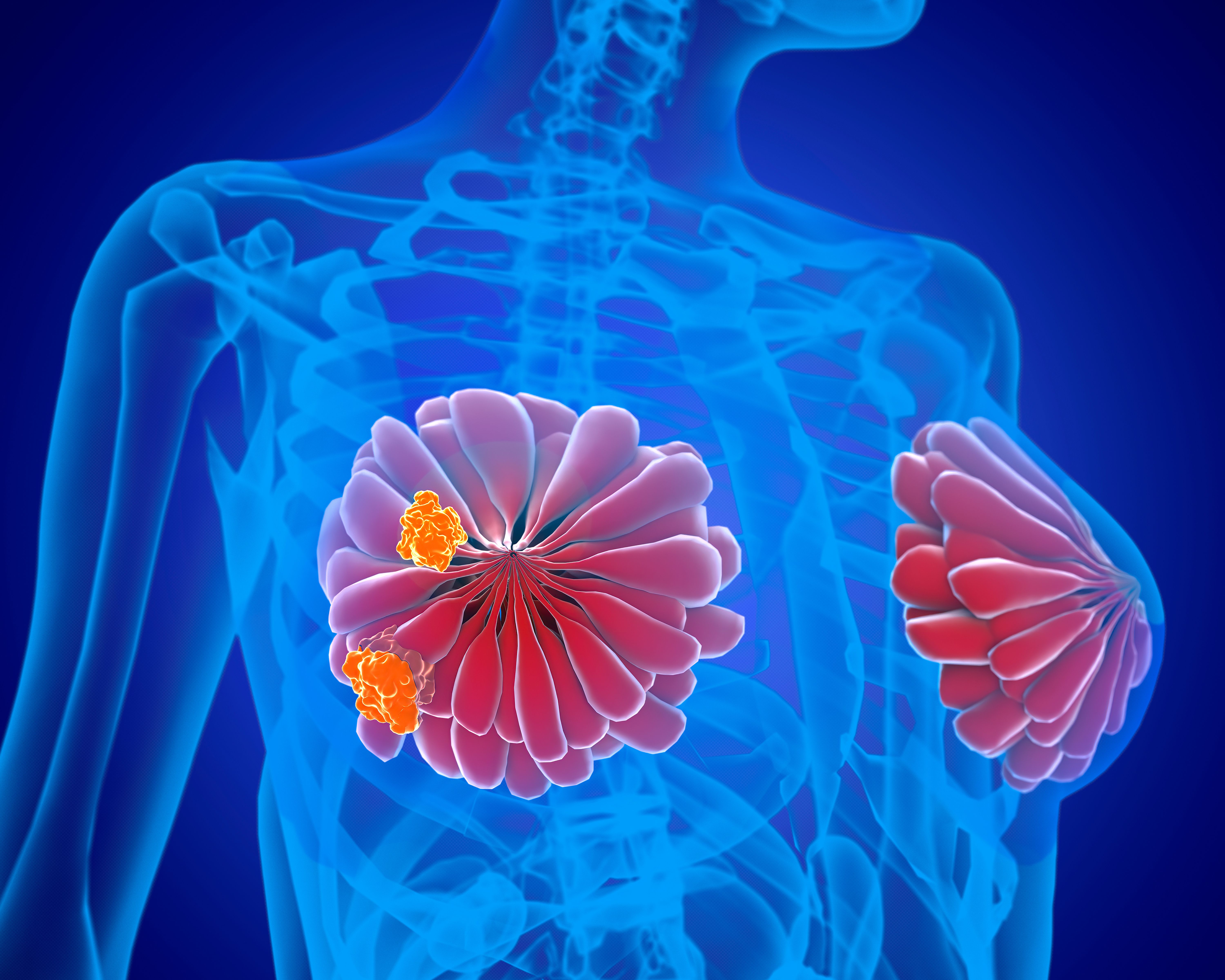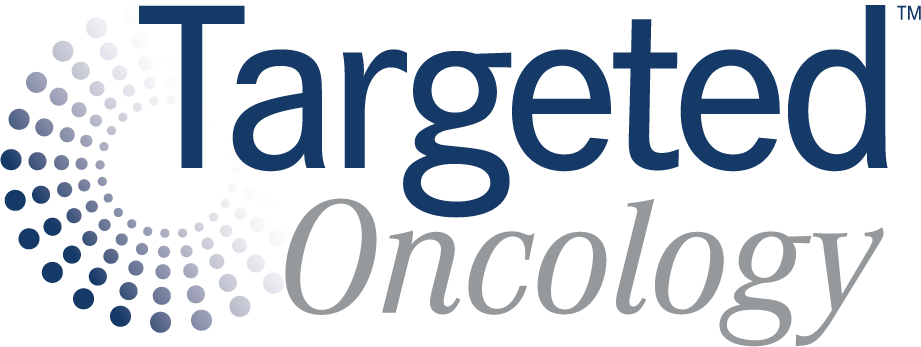FDA Expands PATHWAY HER2 (4B5) Test to Include HER2-Ultralow Status
The PATHWAY HER2 (4B5) test is now FDA-approved to assess HER2-ultralow status in metastatic breast cancer, expanding its prior HER2-low indication.

- The FDA has expanded the label for the PATHWAY anti-HER2/neu (4B5) Rabbit Monoclonal Primary Antibody.
- This enables the identification of patients with hormone receptor (HR)-positive, HER2-ultralow metastatic breast cancer who may be eligible for fam-trastuzumab deruxtecan-nxki (T-DXd; Enhertu) treatment.
- In January 2025, the FDA approved T-DXd for unresectable or metastatic HR-positive, HER2-low, or HER2-ultralow breast cancer that has progressed on at least 1 endocrine therapy.
The FDA has approved a label expansion for the PATHWAY anti-HER2/neu (4B5) assay, allowing for the identification of patients with HR-positive, HER2-ultralow metastatic breast cancer who may benefit from T-DXd.1
This expanded approval follows the January 2025, FDA approval of T-DXd, which was indicated for the treatment of adult patients with unresectable or metastatic, HR-positive, HER2-low (immunohistochemistry [IHC] 1+ or 2+/in situ hybridization [ISH] negative) or HER2-ultralow (IHC 0 with membrane staining) breast cancer, as determined by an FDA-approved test, that has progressed on 1 or more endocrine therapies in the metastatic setting.2
With this, the PATHWAY HER2 (4B5) test, which is the first FDA-approved companion diagnostic for HER2-low status since 2022, is now also approved to assess HER2-ultralow status in metastatic breast cancer.
“One in 8 women in the United States will face invasive breast cancer in their lifetime,” Matt Sause, chief executive officer of Roche Diagnostics, said in a press release.1 “The rising incidence of metastatic breast cancer, particularly among younger populations, underscores the urgent need for new diagnostic options. The approval of our test for determining HER2-ultralow status offers new hope to patients by providing a possible path to HER2-targeted treatment where none existed before, helping clinicians transform outcomes for many facing this challenging disease.”
3D rendering of breast cancer: © Giovanni Cancemi - stock.adobe.com

The recent approval of T-DXd was supported by data from the phase 3 DESTINY-Breast06 trial where T-DXd led to a 36% reduction in the risk of disease progression or death vs chemotherapy (HR, 0.64; 95% CI, 0.54-0.76; P <.0001). Among those with HER2-low disease treated with T-DXd (n = 359), the median progression-free survival (PFS) was 13.2 months per blinded independent central review (BICR) assessment vs 8.1 months among those given investigator’s choice of chemotherapy (n = 354; HR, 0.62; 95% CI, 0.51-0.74; P <.0001).3 HER2-low status was defined as immunohistochemistry [IHC] 1+ or IHC 2+/in situ hybridization [ISH]– and HER2-ultralow status was defined as IHC 0 with membrane staining.
The intention-to-treat (ITT) population consisted of patients with HER2-low and -ultralow disease. Here, T-DXd showed similar efficacy for those with HER2-low status with a median PFS of 13.2 months in the T-DXd (n = 436) group vs 8.1 months in the chemotherapy group (n = 430; HR, 0.63; 95% CI, 0.53-0.75; P <.0001). Patients with HER2-ultralow disease treated with T-DXd (n = 76) had a median PFS of 13.2 months vs 8.3 months in the chemotherapy arm (n = 76; HR, 0.78; 95% CI, 0.50-1.21).
Favorable overall survival (OS) trends were observed in both the HER2-low population (HR, 0.83) and the ITT population (HR, 0.81). The respective 12-month OS rates were 87.6% vs. 81.7% for HER2-low and 87.0% vs. 81.1% for the ITT population. In the HER2-ultralow population, a positive OS trend was also seen (HR, 0.75), with 12-month OS rates of 84.0% for T-DXd and 78.7% for chemotherapy.
T-DXd also showed a significant PFS benefit across all prespecified subgroups in the HER2-low population. In the HER2-low population, T-DXd achieved a confirmed overall response rate (ORR) of 56.5% vs 32.2% for chemotherapy. Similarly higher ORRs were observed in the ITT (57.3%) and HER2-ultralow populations (61.8%). The clinical benefit rate for T-DXd was also higher, reaching 76.6% in both the HER2-low and ITT populations, vs 53.7% and 51.9% for chemotherapy, respectively. Moreover, the median duration of response with T-DXd was significantly longer at 14.1 months for HER2-low and 14.3 months for ITT vs 8.6 months for chemotherapy in both populations.
Safety findings showed T-DXd to correlate with a higher incidence of treatment-emergent adverse events (TEAEs), with 98.8% of patients experiencing any-grade TEAEs vs 95.2% for chemotherapy. The rates of grade 3 or higher treatment-related adverse events were also higher in the T-DXd group (40.6% vs 31.4%).
Higher rates of nausea, fatigue, alopecia, and neutropenia were seen with T-DXd treatment, while chemotherapy was associated with more cases of peripheral sensory neuropathy and palmar-plantar erythrodysesthesia. T-DXd also led to a significantly higher incidence of interstitial lung disease/pneumonitis (11.3%) and decreased left ventricular ejection fraction (8.1%) compared with chemotherapy.
REFERENCES
Roche receives FDA approval for the first companion diagnostic to identify patients with HER2-ultralow metastatic breast cancer eligible for Enhertu. News release. Roche. January 30, 2025. Accessed February 5, 2025. https://tinyurl.com/bdhwpd22
Enhertu approved in the US as first HER2-directed therapy for patients with HER2-low or HER2-ultralow metastatic breast cancer following disease progression after one or more endocrine therapies. News Release. AstraZeneca. January 27, 2025. Accessed February 5, 2025. https://tinyurl.com/4ufe7eea
Curigliano G, Hu X, Dent RA, et al. Trastuzumab deruxtecan (T-DXd) vs physician’s choice of chemotherapy (TPC) in patients (pts) with hormone receptor-positive (HR+), human epidermal growth factor receptor 2 (HER2)-low or HER2-ultralow metastatic breast cancer (mBC) with prior endocrine therapy (ET): Primary results from DESTINY-Breast06 (DB-06). J Clin Oncol. 2024;42(suppl 17):LBA1000. doi:10.1200/JCO.2024.42.17_suppl.LBA1000







